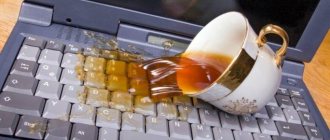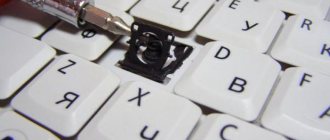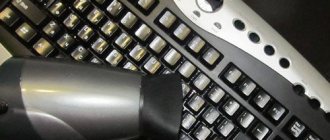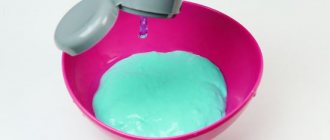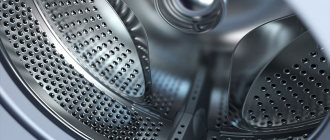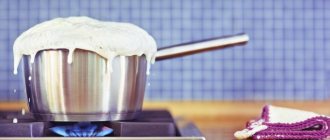Hello! Today, many users not only work, but actually live at the computer. I understand and in some ways even approve - it’s much more interesting to eat, and food is better digested if you don’t sit in the kitchen looking at the furniture, but watch a funny video about cats on YouTube or the next episode of your favorite soap.
However, a cup of morning coffee or a glass of evening wine tends to tip over. According to the law of meanness, at the most inopportune moment and almost always on the keyboard.
Today we will look at what to do if the keyboard is flooded, whether it can be cleaned after water or if another type of liquid gets in.
Turn off the power to your laptop immediately and remove the battery.
With a careless movement, you touched the glass, and the tea spilled onto the keyboard. From this moment on, a favorable outcome depends on the efficiency of your actions. Hurry up to do the following in the first seconds:
- unplug the cord from the outlet;
- remove the battery.
This must be done for two reasons. Turning off the device will help prevent the oxidation process triggered by water under the influence of electrical current. It is not enough to simply turn off the power to the laptop. It is necessary to remove the battery that powers the motherboard. This will help prevent it from being damaged.
Emergency situation: tea spilled
How to disassemble the keyboard for manual drying?
Most regular keyboards consist of a casing, the top of which is used to house the keys. Both halves of the housing are held in place by screws. To disassemble the keyboard, you will have to unscrew all the screws (and, as a rule, there are many of them) located at the bottom of the case:
Pay attention to the sticker (there may be several of them). Some keyboards have another hole with a screw underneath it. If both parts of the case do not want to separate, peel off the sticker and unscrew the remaining screw.
The image above is an example of a complex keyboard design. There is a special folding part here. If in your case there is a similar part, disassembly should begin with it.
Let us give you some practical advice - after all the screws on the case have been unscrewed, do not rush to turn the keyboard over. This may cause all the keys or the rubber pads under them to fall out (not applicable to all keyboard models). Inserting all this separately is a rather painstaking undertaking. To prevent small parts from falling out, carefully lift the back of the case.
Further actions depend on whether the device has an additional plastic or metal backing for the keys. For example, here it is:
That is, in this case you need to unscrew a few more screws. The substrate itself can be a board responsible for processing key presses. But most keyboard models use a separate board. In any case, the next step is to extract this important component.
For example, this is what the flexible plastic board of the most common modern keyboard looks like:
In the upper right corner of the image you can see another small board with the main controller. Usually there are additional screws in this place. Unscrew them. After which the fee can be removed.
Under each key there can be an individual rubber button (at the moment this design is practically not used) or a solid silicone panel, as in this case:
The board itself usually has a three-layer design. All three of its parts are attached to each other at several points. It is not recommended to disconnect them, as this may cause the device to malfunction. To remove moisture, simply wipe the surfaces of all three parts of the board on both sides with a soft cloth.
If moisture is present on the rubber buttons, keys, or other components on the top of the case, the keyboard will need to be completely disassembled. You can also leave it unassembled for several hours. The moisture will evaporate on its own.

